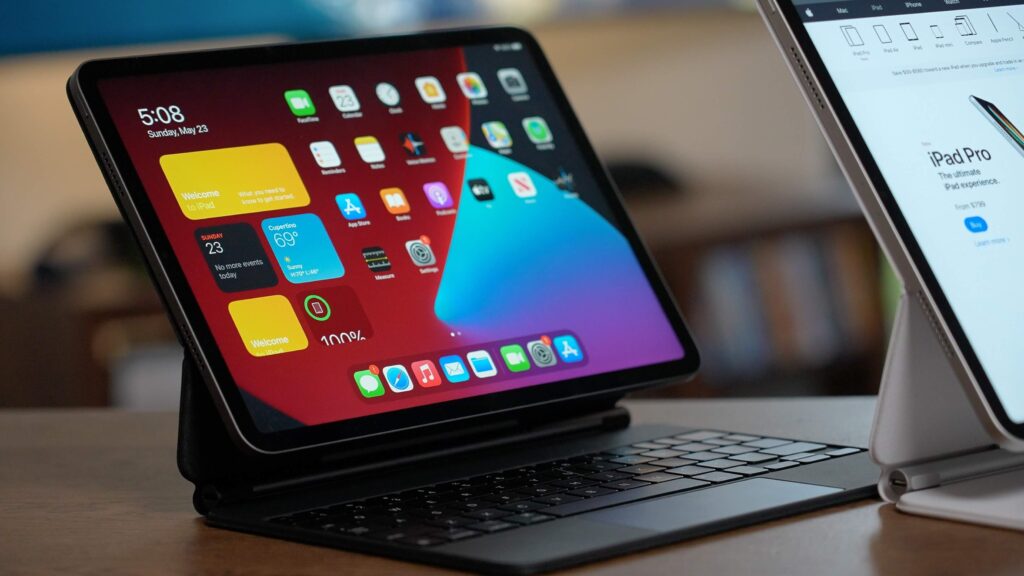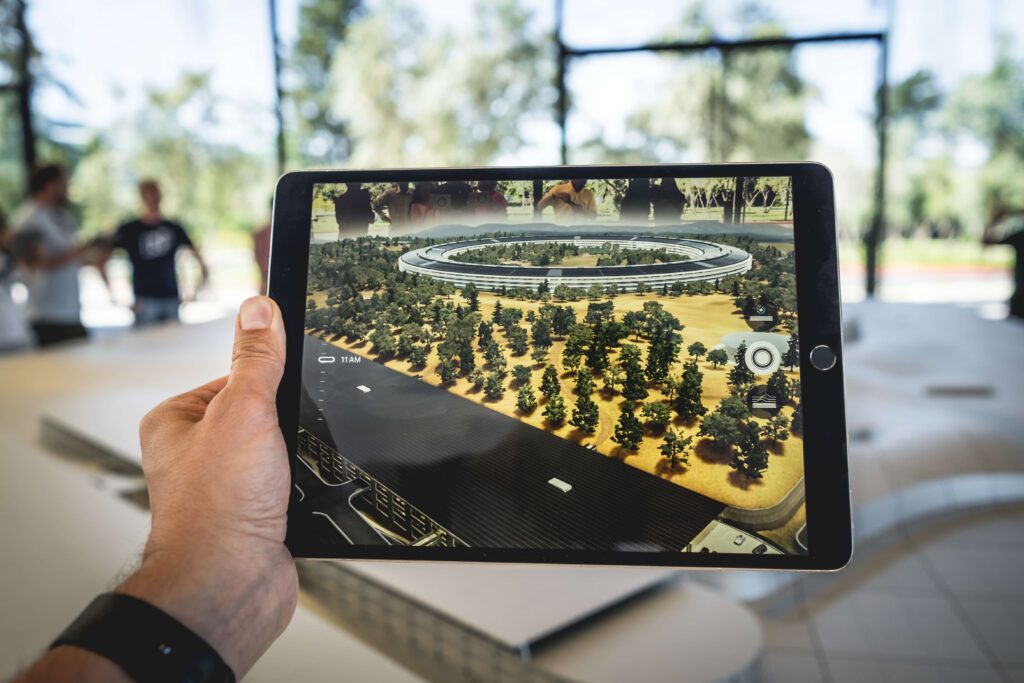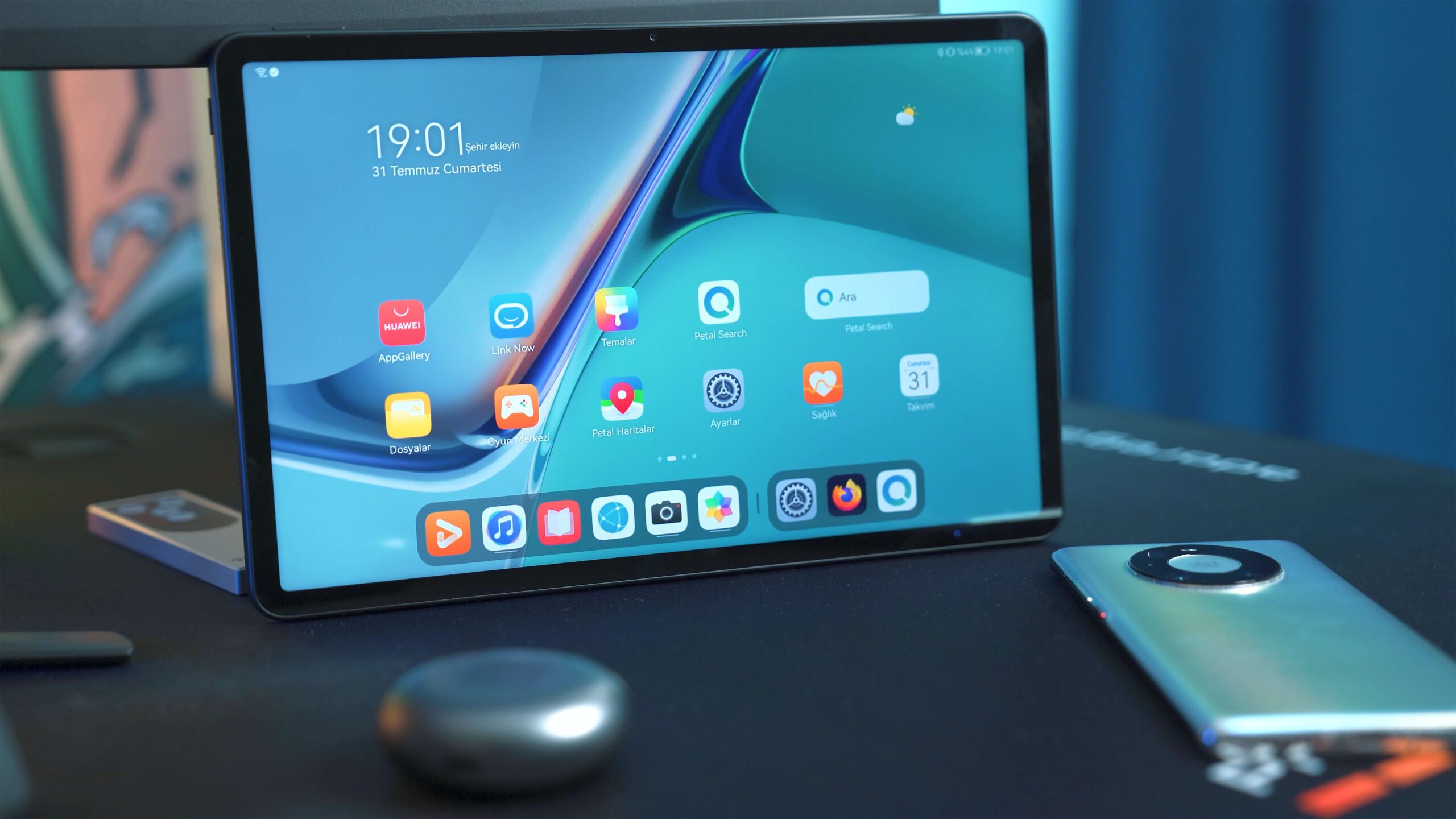Is your tablet running slower than it used to? Are you finding that apps are taking longer to load, or that your device is just not as responsive as it was when you first got it? If so, you’re not alone. Many tablet users experience these issues, especially as their devices age.
But don’t worry, there are several steps you on how to speed up my tablet in 2023. In this beginner’s guide, we’ll walk you through the process step by step. We’ll explain why tablets slow down over time and provide you with practical, straightforward strategies to enhance your tablet’s performance.
Whether you’re using an Android, an iPad, or a Fire tablet, these tips will help you get the most out of your device. So, let’s dive in and start exploring how to speed up your tablet!
Understanding Your Tablet's Performance
Before we dive into the steps to speed up your tablet, it’s important to understand what might be causing your device to slow down. There are several factors that can affect your tablet’s performance, including the number of apps you have installed, the amount of data stored on your device, and the version of the operating system you’re running.
For instance, if you have a lot of apps installed, they can take up a significant amount of storage space and use up your tablet’s resources, causing it to run slower. Similarly, if your device’s storage is almost full, it can make your tablet run less efficiently. The version of the operating system you’re running can also impact your tablet’s performance.
Older versions of operating systems may not be optimized for speed and can slow down your device. Additionally, some apps may not run efficiently on older operating systems. Another factor that can affect your tablet’s performance is the number of background processes running. These are apps and services that run in the background, even when you’re not using them. They can use up your tablet’s resources and slow down its performance.
By understanding these elements, you can better identify the solutions that will have the most impact on your tablet’s speed. In the following sections, we’ll provide you with strategies to address each of these factors and improve your tablet’s performance.
Key Points:
Update Your Software: Regularly check for and install any available software updates for your tablet. These updates often include performance improvements and bug fixes that can help speed up your device.
Manage Your Apps and Storage: Clear the cache for individual apps and uninstall any apps that you no longer use to free up storage space. Also, manage your overall storage by deleting unnecessary files and considering the use of cloud storage or an external storage device.
Adjust Your Settings and Consider a Factory Reset: Adjust your tablet’s settings for optimal performance, such as disabling automatic app updates and unnecessary animations. If your tablet is still slow after trying other solutions, consider performing a factory reset to restore your device to its original settings. Remember to back up your data first as a factory reset will erase all personal data and apps.
Checking for Software Updates
One of the easiest ways to speed up your tablet is to make sure it’s running the latest software. Manufacturers often release updates that include performance improvements, bug fixes, and new features, so it’s worth checking to see if there are any updates available for your device.
To do this, simply go to your tablet’s settings, scroll to the bottom, and tap on “About Device”. From there, tap “Software Update” and finally, “Check for Updates”. If there are any updates available, you’ll be prompted to download and install them. It’s important to note that software updates not only improve your tablet’s performance but also its security.
Updates often include patches for security vulnerabilities, making your device safer to use. Also, remember that some updates may take a while to install and may require you to restart your device. So, it’s a good idea to check for updates when you don’t need to use your tablet immediately.
By keeping your tablet’s software up to date, you can ensure that it’s running as efficiently as possible and that you’re getting the best user experience.
Related Article – How to Fix a Samsung Tablet That’s Running Slow

Clearing Cache and Uninstalling Unused Apps
Another simple way to speed up your tablet is to clear the cache for individual apps and uninstall any apps that you no longer use. The cache is a type of storage that apps use to save data and make them run faster. However, over time, the cache can become bloated and actually slow down your device. By clearing the cache, you can free up storage space and potentially improve your tablet’s performance.
To clear the cache for an individual app, go to your tablet’s settings, then tap on “Apps” or “Application Manager” (this may vary depending on your tablet). From there, select the app you want to clear the cache for, then tap “Storage” and finally “Clear Cache”.
In addition to clearing the cache, it’s also a good idea to uninstall any apps that you no longer use. These apps take up storage space and can slow down your device, even if you’re not actively using them. To uninstall an app, go to your tablet’s settings, tap on “Apps” or “Application Manager”, select the app you want to uninstall, and then tap “Uninstall”.
But remember, when you uninstall an app, all of its data will be deleted from your device. So, make sure to back up any important data before you uninstall an app.
By regularly clearing your cache and uninstalling unused apps, you can keep your tablet running smoothly and efficiently.
Managing Your Storage
If your tablet’s storage is almost full, it can significantly slow down your device. This is because your tablet needs free space to create temporary files and run apps efficiently. When your storage is almost full, your tablet may start to lag, apps may take longer to load, and some functions may not work properly.
To manage your storage, start by checking how much space is being used and what is using it. You can do this by going to your tablet’s settings and tapping on “Storage”. Here, you’ll see a breakdown of how much space is being used by apps, photos, videos, and other types of files. One way to free up storage space is to delete old chats and downloaded media.
If you use messaging apps like WhatsApp or Messenger, old chats and media files can take up a lot of space. Go through your chats and delete any old messages or media files that you no longer need. Another way to manage your storage is to consider using lite versions of performance hogging apps. Lite versions are stripped-down versions of apps that use less storage space and less data.
They’re designed to work well on devices with limited storage or slower internet connections. You can also move some of your data to an external storage device or to the cloud to free up space on your tablet. Many tablets have a microSD card slot that you can use to expand your storage. Alternatively, you can use cloud storage services like Google Drive or Dropbox to store your files.
By managing your storage effectively, you can ensure that your tablet has enough free space to function efficiently and speed up its performance.
Adjusting Your Settings
There are several settings on your tablet that you can adjust to improve its performance. For example, you can disable hands-free Google Assistant to free up device resources. While voice assistants like Google Assistant can be handy, they’re always listening for your commands, which can use up your tablet’s resources and slow down its performance. To disable hands-free Google Assistant, go to your tablet’s settings, tap on “Google”, then “Search”, and finally “Voice”. From there, you can turn off the “Access with Voice Match” or “Hey Google” setting.
Another setting you can adjust is to stop apps from automatically updating. While keeping your apps up to date is important for security and functionality, automatic updates can use up a lot of your tablet’s resources and slow it down, especially if several updates are happening at once. To turn off automatic updates, open the Google Play Store, tap on your profile picture in the top-right corner, select “Settings”, then “Network Preferences”, and finally change the “Auto-update apps” setting to “Don’t auto-update apps”.
You can also speed up Android animations or disable them completely in Developer Settings. Animations can make your tablet feel more responsive, but they can also slow it down, especially if your device is older or has limited resources. To control your tablet’s animation speed, you’ll first need to enable Developer Settings. Go to your tablet’s settings, tap on “About tablet”, then find the “Build number” entry. Tap on it seven times or until a notification pops up that says “You are now a developer”. Now, return to the main settings menu and enter the “Developer options” sub-menu. From there, you can adjust or disable the animation settings.
By adjusting these settings, you can optimize your tablet’s performance and make it run faster. Remember, it’s all about finding the right balance between functionality and performance that works best for you.

Performing a Factory Reset
If all else fails, you might consider performing a factory reset on your tablet. This is a more drastic measure, but it can be highly effective in speeding up your device. A factory reset will restore your device to its original settings, just like when it was new.
This means it will delete all your personal data and apps, effectively giving your tablet a fresh start. Before you perform a factory reset, it’s crucial to back up any important data. This includes contacts, photos, videos, and any other personal files. You can back up your data to a cloud service like Google Drive or an external storage device.
Once you’ve backed up your data, you can perform a factory reset. The exact steps to do this can vary depending on your tablet, but generally, you’ll need to go to your tablet’s settings, then tap on “System”, “Reset”, and finally “Factory data reset”. Your tablet will then restart, and when it turns back on, it will be as if it’s brand new.
While a factory reset can be a bit time-consuming, it can significantly improve your tablet’s performance, especially if it’s older or has been heavily used. Just remember to back up your data first, as a factory reset will erase everything on your device.
By following these steps, you can give your tablet a new lease on life and enjoy a smoother, faster user experience.
Final Thoughts
Speeding up your tablet doesn’t have to be a daunting task. By following these steps, you can improve your device’s performance and make it run like new again. Remember, the key is to understand what’s causing your tablet to slow down and to take the appropriate steps to address those issues.
Whether it’s checking for software updates, managing your storage, adjusting your settings, or even performing a factory reset, each of these steps can contribute to a faster, more efficient tablet. And remember, if you need more tech tips or advice, you can always check out averguytech for more helpful guides and articles. So, don’t let a slow tablet frustrate you. Thanks for reading On how to speed up my tablet be sure to check out more content.
Take control of your device’s performance today and enjoy a smoother, faster tablet experience.

